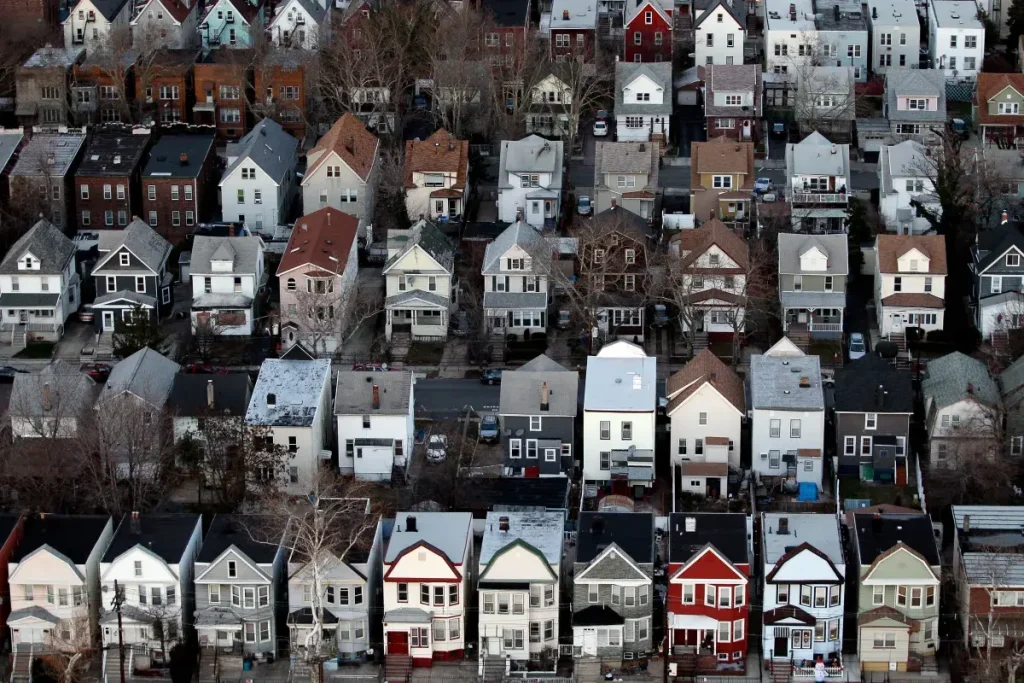Newark Residents Face Rising Property Taxes and Utility Bills
In the small college town of Newark, Delaware, residents are bracing for a financial squeeze as city officials prepare to approve several tax and utility rate increases for the upcoming fiscal year. The city council has signaled support for a 3.3% property tax increase, alongside substantial hikes in water rates (12%), sewer rates (8%), and electric bills (22.4%). For the average household, these combined increases could add approximately $520 to annual utility costs alone—a concerning 14% jump that will affect the roughly 30,000 residents who call Newark home.
This local tax increase comes at a particularly challenging time for American homeowners. The past five years have seen property taxes surge nationwide, fueled by the pandemic housing boom and persistent inventory shortages that drove home values to record heights. Delaware residents have traditionally enjoyed some relief from this trend, with the state boasting one of the country’s lowest effective property tax rates at just 0.55%, compared to the national average of 0.9%. This means the owner of a $200,000 home in Delaware typically pays around $1,100 annually in property taxes—less than half what similarly valued homes might incur in higher-tax states. However, Newark’s proposed increases, coming on the heels of statewide reassessment-based hikes, threaten to erode this advantage.
City manager Tom Coleman has defended the increases as necessary for maintaining essential services. “We can’t expect to keep reducing expenses in our non-police operations while maintaining our current level of service, in the face of inflationary pressures,” Coleman explained at a recent city council meeting. He noted that it would require a much steeper 14.5% tax increase to fully offset rising costs in the general fund, suggesting that the proposed 3.3% hike represents a compromise. The city’s overall budget for fiscal year 2026 is projected at $127.5 million, reflecting a 3.2% increase from the current year—notably more modest than the 7.5% budget growth approved for fiscal year 2025.
The timing of these increases is particularly difficult for many households already grappling with broader economic pressures. Beyond property taxes, homeowners nationwide have seen significant increases in home insurance premiums, homeowners association fees, and mortgage costs due to elevated interest rates. This constellation of rising housing-related expenses has prompted some states to consider property tax relief measures or even proposals to eliminate such taxes entirely. For Newark residents, however, relief appears unlikely in the immediate future as the city grapples with its own financial constraints and infrastructure needs.
The proposed tax increase follows a specific formula: either 3.3% or the 12-month Consumer Price Index rate, whichever is higher. This approach attempts to tie tax increases to inflation, but offers little comfort to residents facing multiple simultaneous rate hikes. The electric bill increase alone—driven by higher wholesale purchase costs from the Delaware Municipal Electric Corporation—represents the largest single component of the projected utility cost increases. Combined with water and sewer rate hikes, these rising utility costs will likely outpace wage growth for many Newark households, potentially forcing difficult budgetary decisions.
Newark City Council is scheduled to vote on the final budget on November 3rd, though the direction appears set following preliminary discussions. While residents have expressed concerns about affordability, city officials maintain that service levels cannot be maintained without additional revenue. The situation in Newark reflects a broader national tension between municipal budget constraints and household financial pressures—a delicate balance that communities across America continue to navigate in a post-pandemic economy characterized by persistent inflation and housing affordability challenges. For Newark residents, the approaching winter may bring not only colder temperatures but also the chill of higher bills.


